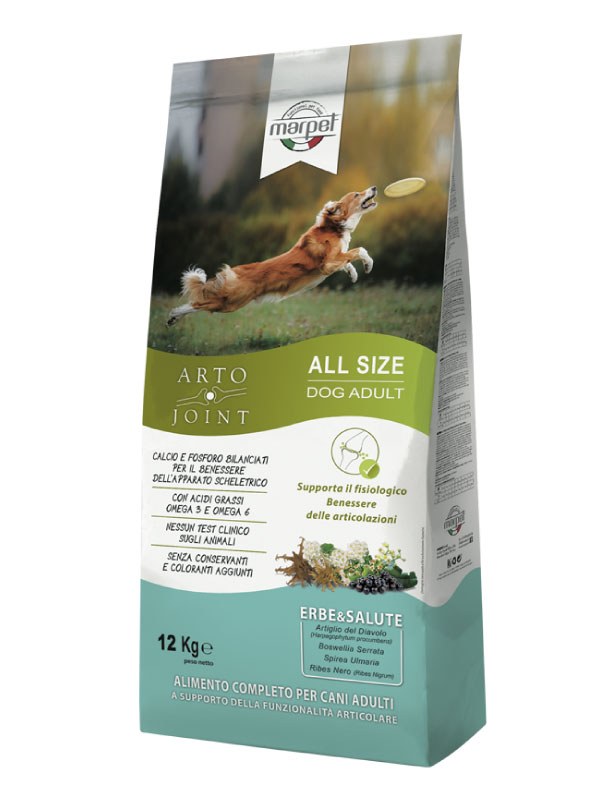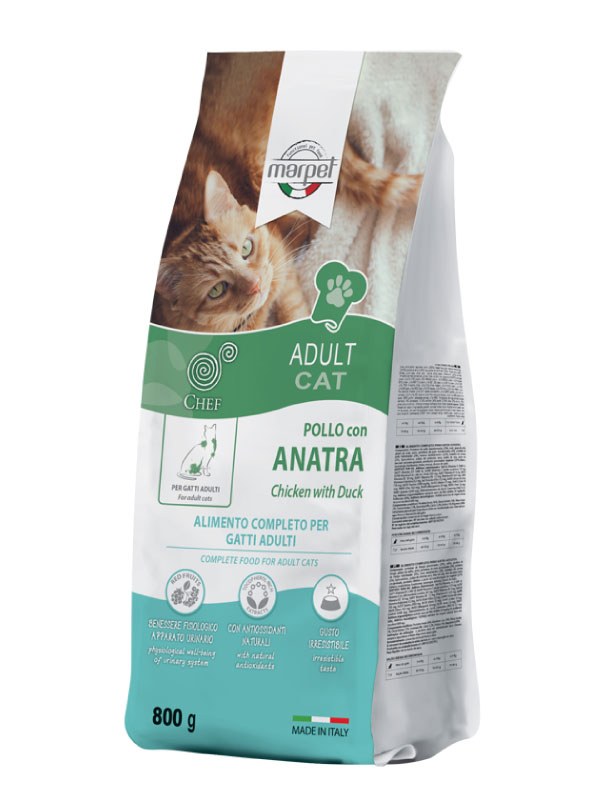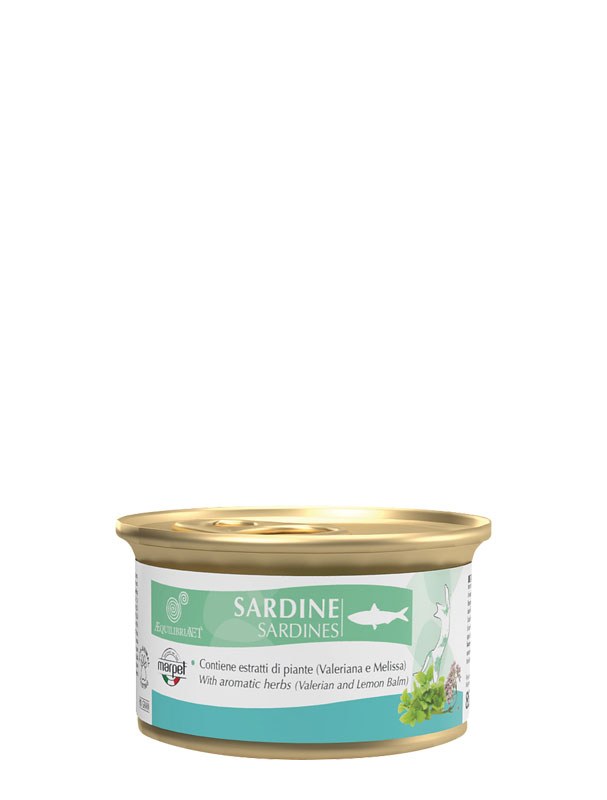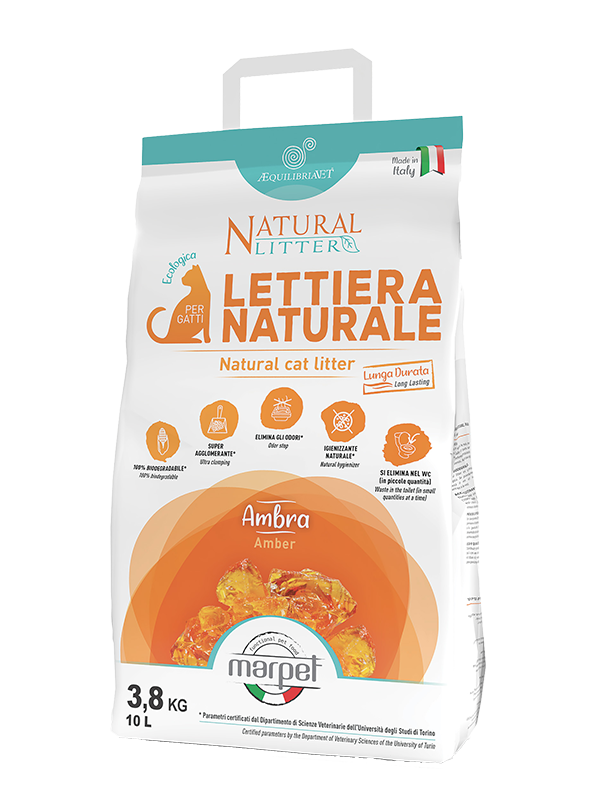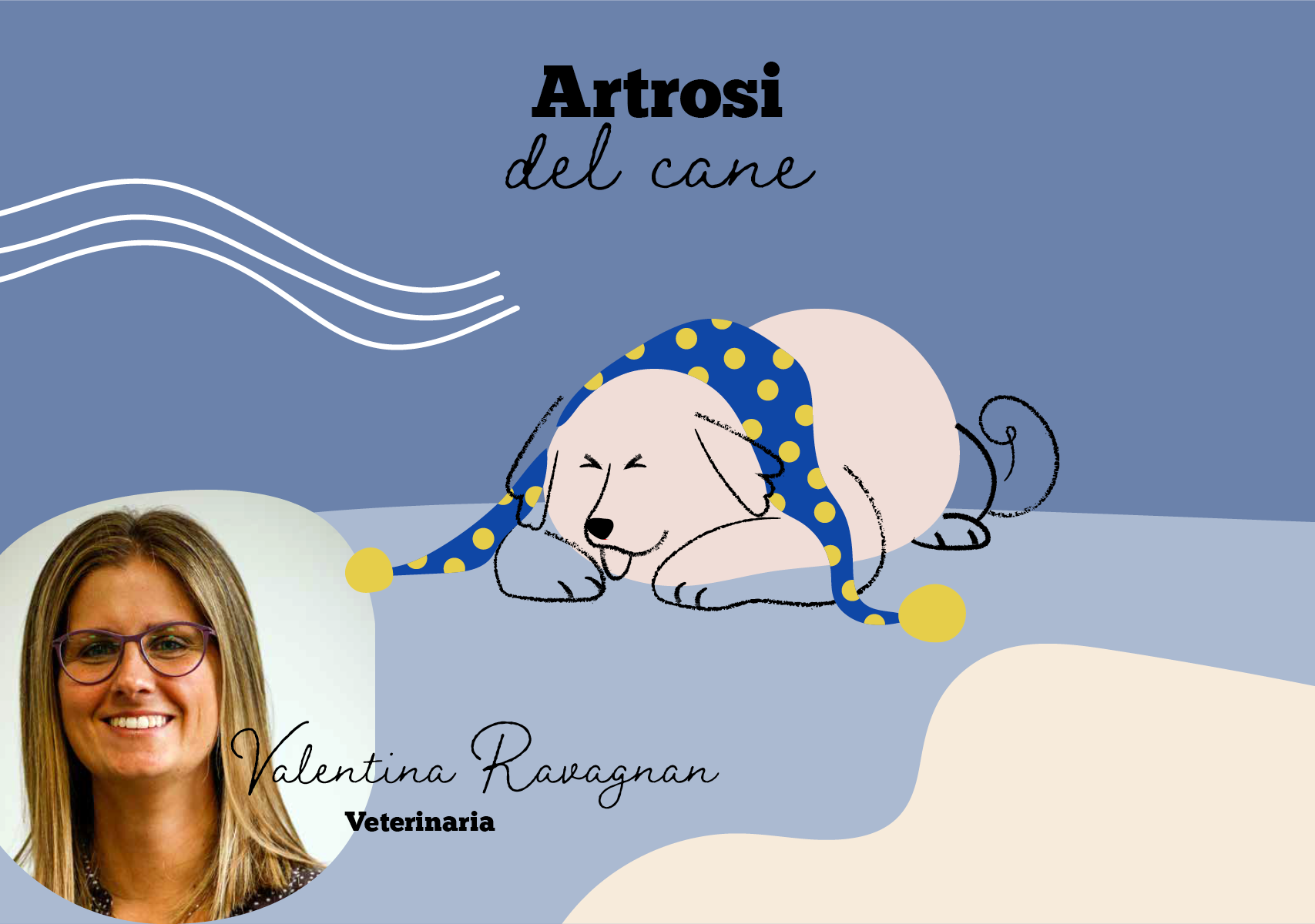HEATSTROKES: HOW TO AVOID THEM AND HOW TO MANAGE THIS EMERGENCY
22/06/2023
Veterinary advice, Dog
SOME BASIC INFORMATION.
The dog's normal body temperature ranges from 38 ° C to 39 ° C. Dogs do not tolerate high ambient temperatures particularly well due to their inability to dissipate heat by sweating. In fact, they dissipate heat by panting, or by increasing the respiratory rate with the mouth open. This helps them to introduce cooler air from the outside in order to favor the evaporation of heat in the upper respiratory tract.
DOES THE TEMPERATURE GO UP? ATTENTION TO THE SIGNALS THAT SEND US TRUST!
When the outside temperature is higher than the dog's body temperature, the mechanism just described may not be sufficient to cool the body. As the internal temperature rises, the dog suffering from hyperthermia becomes increasingly restless and exhibits greater discomfort. The dog is panting, has difficulty breathing and becomes weak. Finally, in the most serious cases, he collapses to the ground and risks falling into a coma. At this point, unless the animal receives immediate and aggressive medical attention, death is unfortunately imminent.
HOW TO PREVENT? SOME SIMPLE BUT PRECIOUS ADVICE.
To prevent heatstroke we must basically think with common sense and do what we would do for us "bipeds": do not go out in the hottest hours and in general favor runs and walks in the cooler hours, keep the dog hydrated always leaving a fresh and clean water available. But, above all, we never leave our faithful friend in the car, even with the windows open and in the shade! Cars can turn out to be real hell traps that seriously jeopardize their health.
IN THE EVENT OF AN EMERGENCY, HOWEVER, HOW CAN WE ACT?
Heatstroke is a medical emergency not only for us, therefore, but also for our faithful four-legged friends. So let's see what to do and what not to do to better manage this situation.
WHAT TO DO
Immediately move the animal from the place where the heat stroke occurred to a cool and shady environment and alert the nearest veterinary center.
If you have the opportunity, immediately measure the dog's temperature using a rectal thermometer (remember that the physiological temperature ranges from about 38 ° to 39 °).
Begin to cool the dog by putting rags wet with water at room temperature (which will gradually be replaced with fresh water) over the neck, under the armpits and in the groin region. You can also wet the ears and paws with fresh water sponges.
Take the animal to the nearest veterinarian as soon as possible, as simple cooling is not enough to avoid the complications associated with heat stroke.
WHAT NOT TO DO
Do not use frozen water or ice for cooling.
Do not overcool the animal. The goal must be to bring the dog's temperature back to values of 39 ° 39.5 ° C while transporting him to the vet. Contrary to popular belief, the excessive lowering of the temperature can cause other damage, because if the external parts of the body are cooled quickly and intensely, the cooling of the internal organs is slowed down, because the excessive cold produces a sudden constriction of the vessels. superficial blood, so much so that the internal systems remain isolated and do not cool down.
Do not make the animal drink forcibly, but keep fresh (not cold) water available to offer it only if it wants to.
Sense of responsibility, small precautions and maximum attention: these are the fundamental "ingredients" to better enjoy even the hottest months in the company of our four-legged friends. Good summer (6-legged) to all!

It might also interest you
ARTHROSIS IN THE DOG
The arrival of autumn and the resulting cold weather is certainly a time of great interest for anyone with a dog or cat, especially if the animal is elderly or suffers from joint problems.
QUANDO I MONOPROTEICI CI VENGONO IN AIUTO
I prodotti monoproteici hanno preso parecchio spazio sugli scaffali dei nostri petshop preferiti. Ma cosa vuol dire alimento monoproteico?
AGOPUNTURA e MEDICINA TRADIZIONALE CINESE
Nella Medicina Tradizionale Cinese (MTC) si contano 5 tecniche terapeutiche: agopuntura, dieta, fitoterapia, Tui Na e Qi Gong.
Ad esclusione dell’ultimo (disciplina che prevede movimenti e respiro controllati) le altre quattro sono considerate terapie anche in medicina veterinaria.

Subscribe to the newsletter

